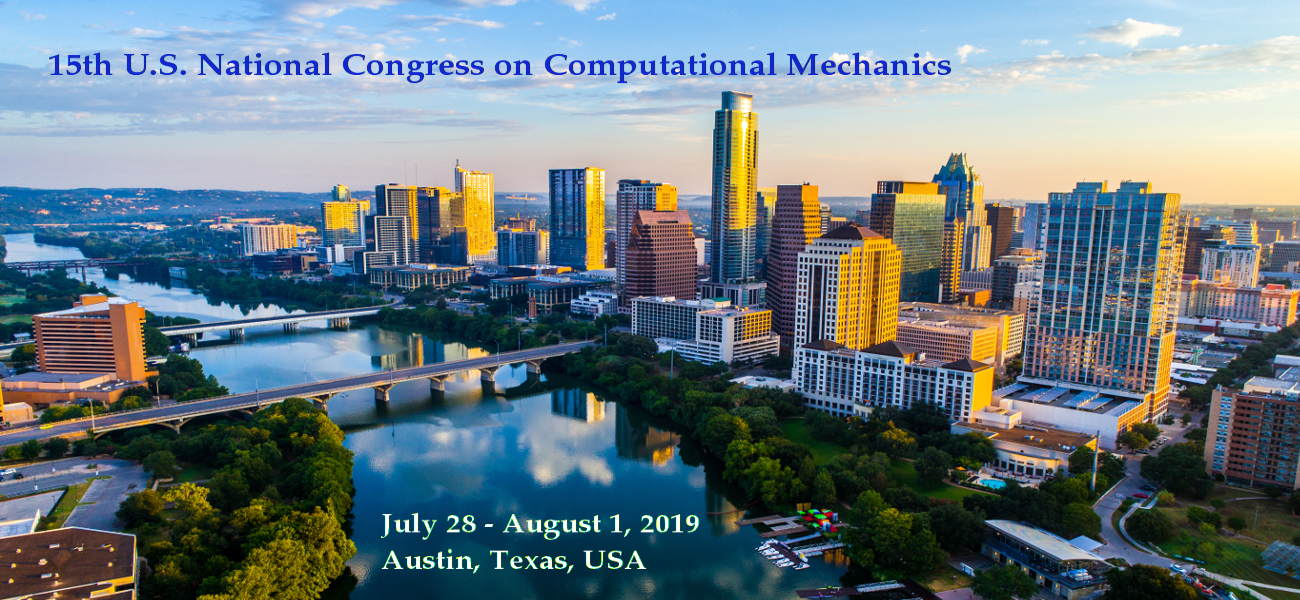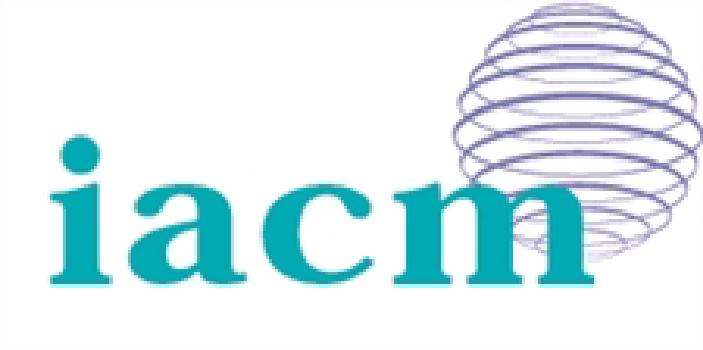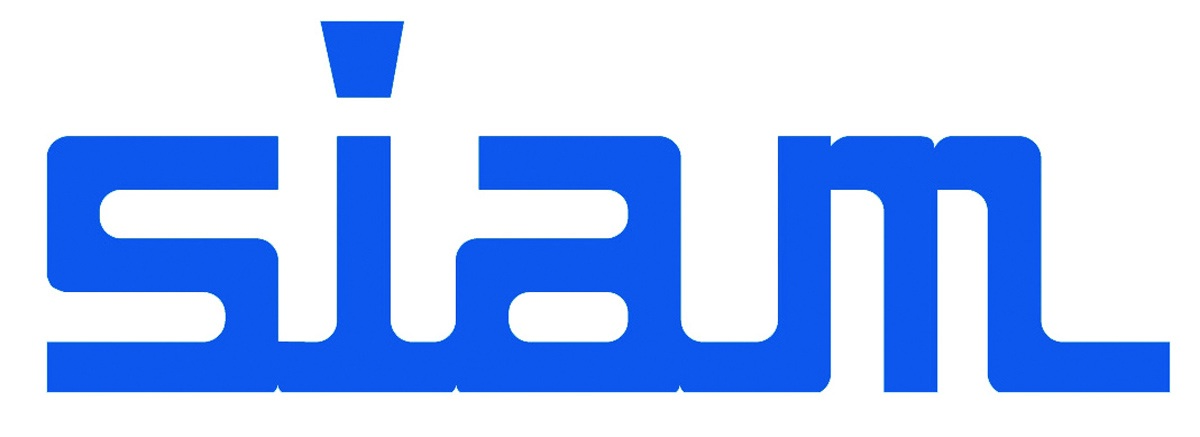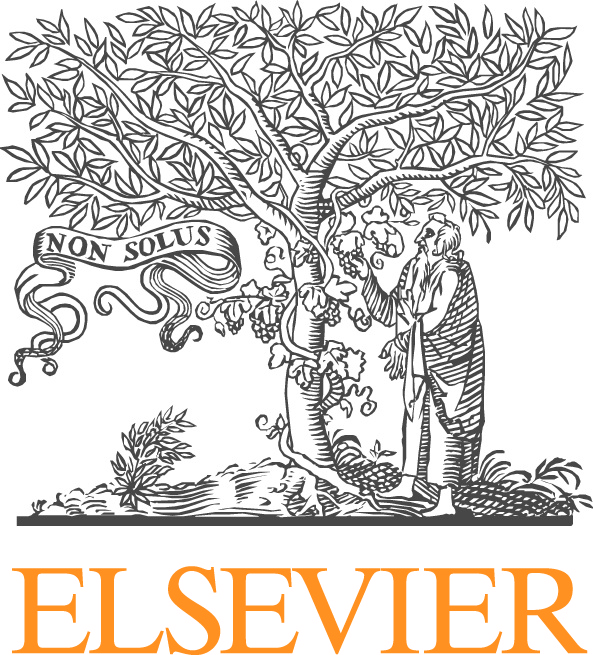Kent Danielson, U.S. Army Corps of Engineers
David Littlefield, University of Alabama at Birmingham
This minisymposium is concerned with computational methods for solids and structures experiencing extreme loads, such as shock and high-speed impact. A broad area of topics is sought to include numerical modeling of the dynamic response and the prediction of severe loads as well as the coupling of multiple areas of computational mechanics. Typical contributions to this forum might come from defense, construction, mining, space, or counterterrorist and law enforcement applications. The use of numerical simulation for weapon-structural interactions has seen significant popularity in recent years, primarily due to accuracy, practicality, and the expense of testing. New technical developments rely on modeling impact, penetration, and explosive effects for weapon effectiveness and structural damage evaluation to vehicles, body armor, and protective structures. New isogeometric and meshfree methodologies enable analysts to look at old problems more easily and in a new light while use of airblast, explosive detonation, and other Eulerian codes are also an important aspect of weapon-structural simulation. In addition, assessment of force protection and terrorist threats to government facilities and civilian infrastructure has seen a tremendous utilization of computational mechanics for blast-structural modeling. This is particularly true for cases, such as large buildings, dams, or bridges, where full scale testing of a threat is not feasible. Mining operations and construction procedures such as excavation, demolition, and explosive anchor driving can also utilize such technologies, and the modeling of impact has become important in aircraft and spacecraft design. The nature of all of these applications typically involve some of the most challenging aspects in structural mechanics, such as nonlinear material behavior under large strains and/or high strain rates, large and nonlinear deformations, failure and dynamic fracture, initiation, burning, and detonation of energetic materials, phase change and transition, and high velocity contact and friction. Parallel and chip hardware advances have made it possible to conduct simulations in three dimensions on unprecedented length and timescales.
The purpose of this mini-symposium is to provide a forum for technical presentation and exchange, establish communication and collaboration between academic, government and industrial software researchers in the field of computational mechanics for extreme loading applications. Papers dealing with theoretical developments, multi-spectral physics coupling, new higher-order and isogeometric element technologies, meshfree modeling, algorithms and numerical methods, implementation and parallel computational issues, Exploitation of GPU programming, new constitutive modeling, experimental validation, and practical applications are all welcome.







